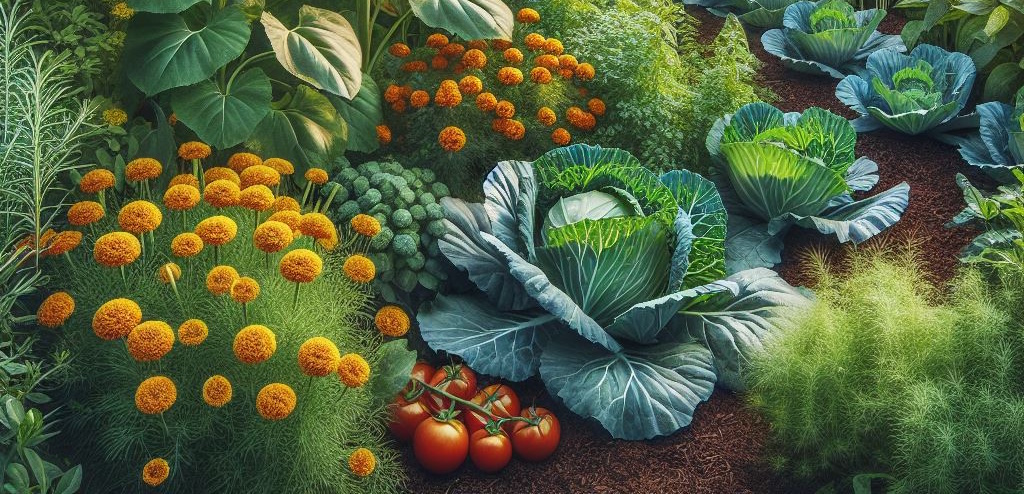The Benefits of Companion Planting in Your Garden
Introduction
Companion planting is an age-old gardening technique that involves growing different plants together to enhance growth, deter pests, and improve overall garden health. This method not only maximizes space but also creates a more resilient and productive garden. In this article, we’ll explore the benefits of companion planting and provide some tips to get you started.
1. Natural Pest Control
One of the primary benefits of companion planting is natural pest control. Certain plants can repel pests that might otherwise damage neighboring crops. For example, marigolds are known to deter nematodes, while basil can help keep mosquitoes and flies away. By strategically placing these plants in your garden, you can reduce the need for chemical pesticides.
2. Improved Soil Health
Companion planting can also improve soil health. Legumes, such as beans and peas, have the ability to fix nitrogen in the soil, which benefits nitrogen-loving plants like tomatoes and corn. Additionally, deep-rooted plants like carrots can help break up compacted soil, allowing for better water and nutrient absorption for shallow-rooted plants.
3. Enhanced Growth and Flavor
Some plant combinations can enhance each other’s growth and flavor. For instance, planting basil near tomatoes is believed to improve the flavor of the tomatoes. Similarly, the shade provided by taller plants like corn can create a more favorable microclimate for shade-tolerant plants like lettuce.
4. Maximized Space
Companion planting allows you to make the most of your garden space. By pairing plants with different growth habits, you can create a more efficient and productive garden. For example, growing vining plants like cucumbers alongside bushy plants like beans can help you utilize vertical space and reduce competition for resources.
Tips for Successful Companion Planting
- Research Plant Pairings: Before you start, research which plants work well together and which combinations to avoid. Some plants can inhibit each other’s growth if planted too closely.
- Rotate Crops: To maintain soil health and reduce pest buildup, practice crop rotation by changing the location of your plant pairings each season.
- Observe and Adjust: Pay attention to how your plants are performing and be ready to make adjustments. Gardening is often a process of trial and error, so don’t be afraid to experiment.
Conclusion
Companion planting is a sustainable and effective way to enhance your garden’s health and productivity. By understanding the relationships between different plants, you can create a thriving garden ecosystem that benefits both you and the environment. Happy gardening!


Hi, this is a comment.
To get started with moderating, editing, and deleting comments, please visit the Comments screen in the dashboard.
Commenter avatars come from Gravatar.